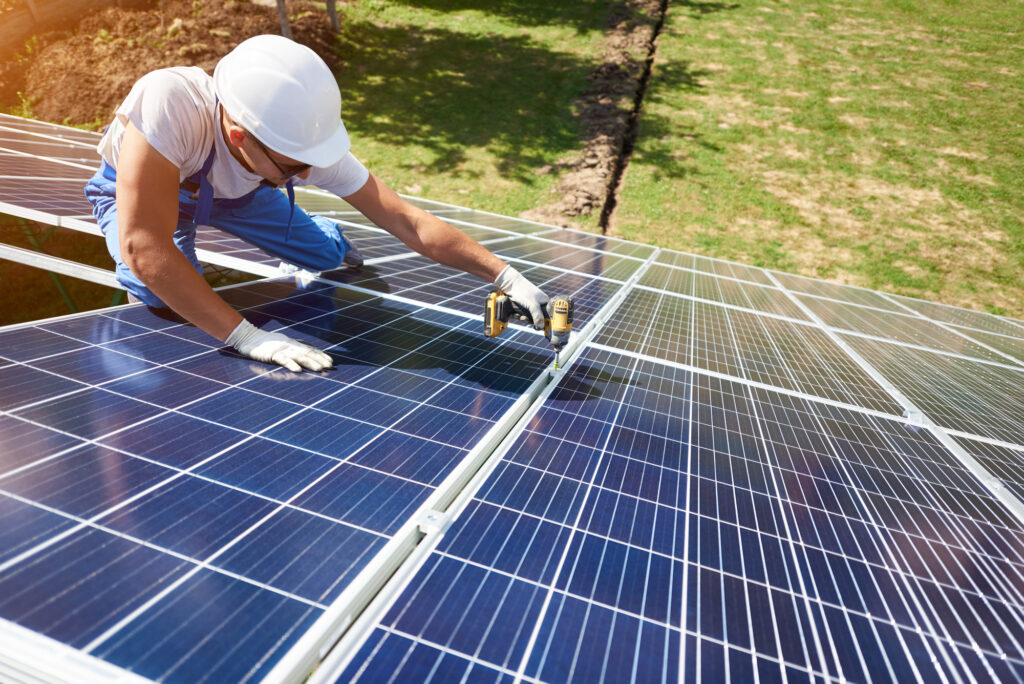What Does a Typical Solar Installation Cost?
Almost half of all U.S. homeowners say they have considered solar panel installation. Besides combating the environmental impacts of climate change, solar panels make your home more energy-efficient, increase its value, and save money on your utility bill. The big question that gives homeowners pause is the upfront solar installation cost.
These can be substantial and vary widely based on where you live, the size of the system, and the type of panel you select. The good news is that solar panel installation costs have been declining for at least a decade.
Also, there are a few basic considerations you can make to help you get a ballpark of what you can expect to pay. Keep reading to find out what they are, so you can plan and budget accordingly.
Solar Panel System Size and Type
The average home uses a little over 900 kilowatt (kW) hours of energy per month. In general, the bigger the solar panel system, the less you can expect to pay per kW. Beyond that
The size of your roof can impact the type of panels you install. While there are many different brands and models, one common distinction is between monocrystalline and polycrystalline cells.
Monocrystalline cells are more efficient, which means you need less surface area to produce the same amount of energy. There are more expensive than polycrystalline cells though, so you can expect to pay more upfront.
Where you live and how much direct sunlight can reach your roof on a typical day will be a factor here as well. A roof in a sunny climate that faces the sun can capture more power than one in a cloudy environment that is obstructed by trees or buildings.
Soft Costs
“Soft costs” are the non-hardware factors that impact total solar power installation cost. This is everything from sales tax and permitting fees to administrative and supply chain overhead.
The labor cost to install solar panels remains a big portion of this. That is because the job requires unique expertise for mounting the panels and connecting the entire system to the home’s electrical grid.
These costs will vary based on where you live. The good news is that, like solar panel system materials, soft costs have been declining as well.
Get a Free Solar Installation Cost Quote
One of the best ways to estimate the cost to install solar panels on a house is to ask a prominent installation company for a free estimate. They will be able to provide you a solar panel installation cost breakdown, with detailed information particular to your roof, home, location, and power needs.
They will also be able to tell you about cost offsets. These include reductions in your utility bill, as well as federal, state, and local tax incentives.
Also, in terms of saving on upfront costs, look for companies that offer zero down solar. It allows you to pay for the system in monthly installments and avoid having to drain your bank account to save on energy.
Explore Solar Panel Installation Near You
Now that you have an idea of what impacts solar installation cost, you can better determine if solar is the right move for your home. Be sure to explore your options and make the best decision based on your unique energy needs and your budget.
We hope this information on solar panel installation cost was helpful to you. If so, be sure to check out our blog for other home-improvement posts. We provide tips for realtors, home buyers, and sellers alike.
